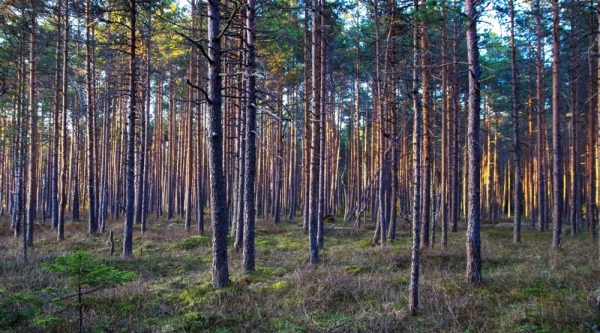Trees are feasting on decades of carbon dioxide emissions and growing bigger as a result, according to a new study of U.S. forests.
Scientists tracked wood volume in 10 different tree groups from 1997 to 2017, finding that all except aspen-birch grew larger. Over that same period, carbon dioxide levels went from 363 parts per million to 405 parts per million, owing largely to the burning of fossil fuels. More abundant CO2 accelerates photosynthesis, causing plants to grow faster, a phenomenon known as “carbon fertilization.” The findings were published in the journal Nature Communications.
The study suggests that even as warming threatens forests by fueling worsening drought, insect infestations, and wildfires, with rising CO2 levels also mean that planting trees is an increasingly cost-effective method for fighting climate change, as the same number of trees can sequester more carbon, said Brent Sohngen, an environmental scientist at Ohio State University and coauthor of the study.
Read More at: Yale Environment 360
A red pine forest. (Photo Credit: PXHERE)


